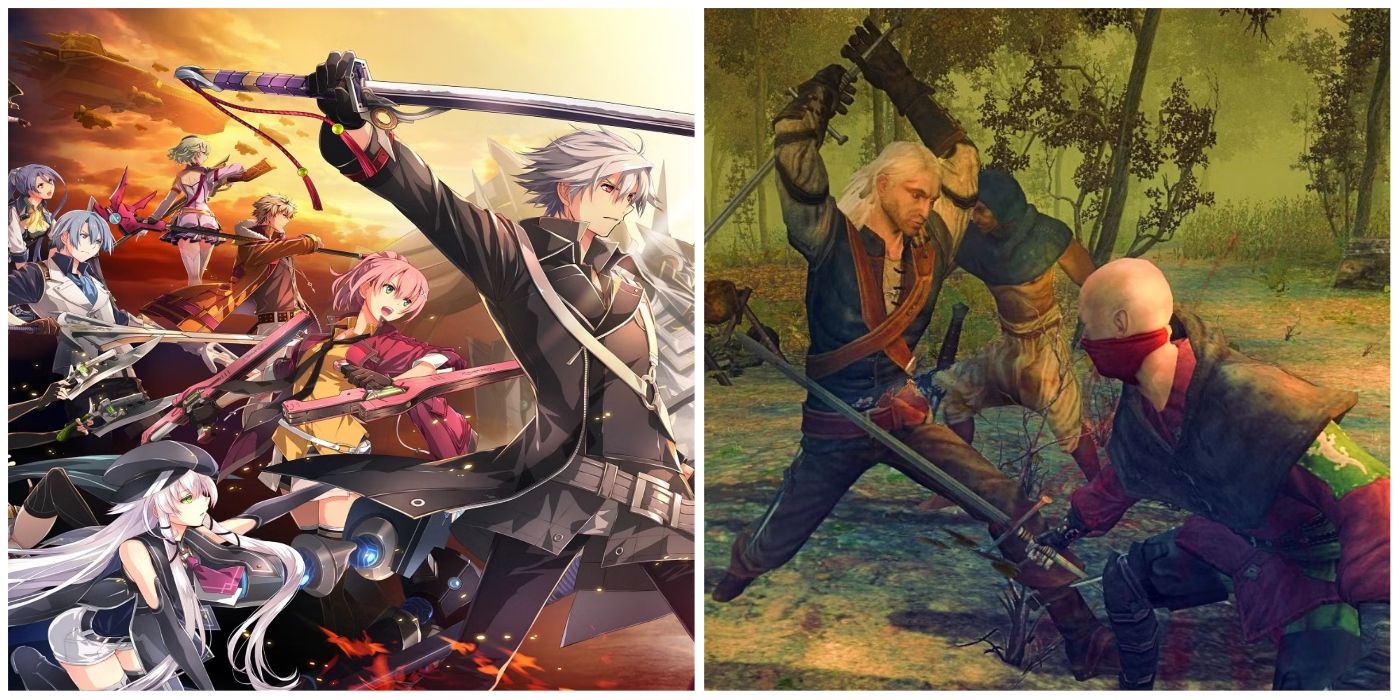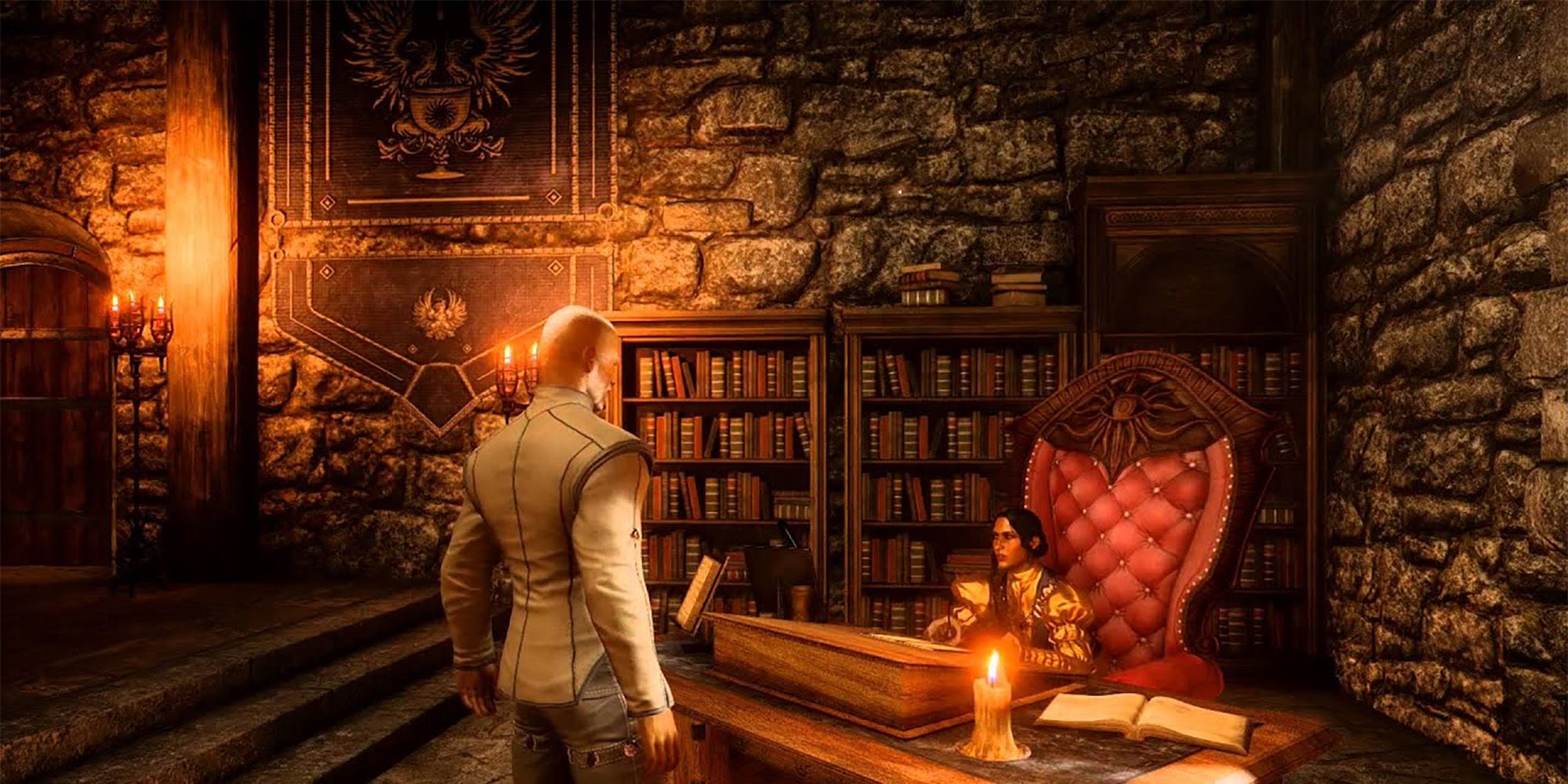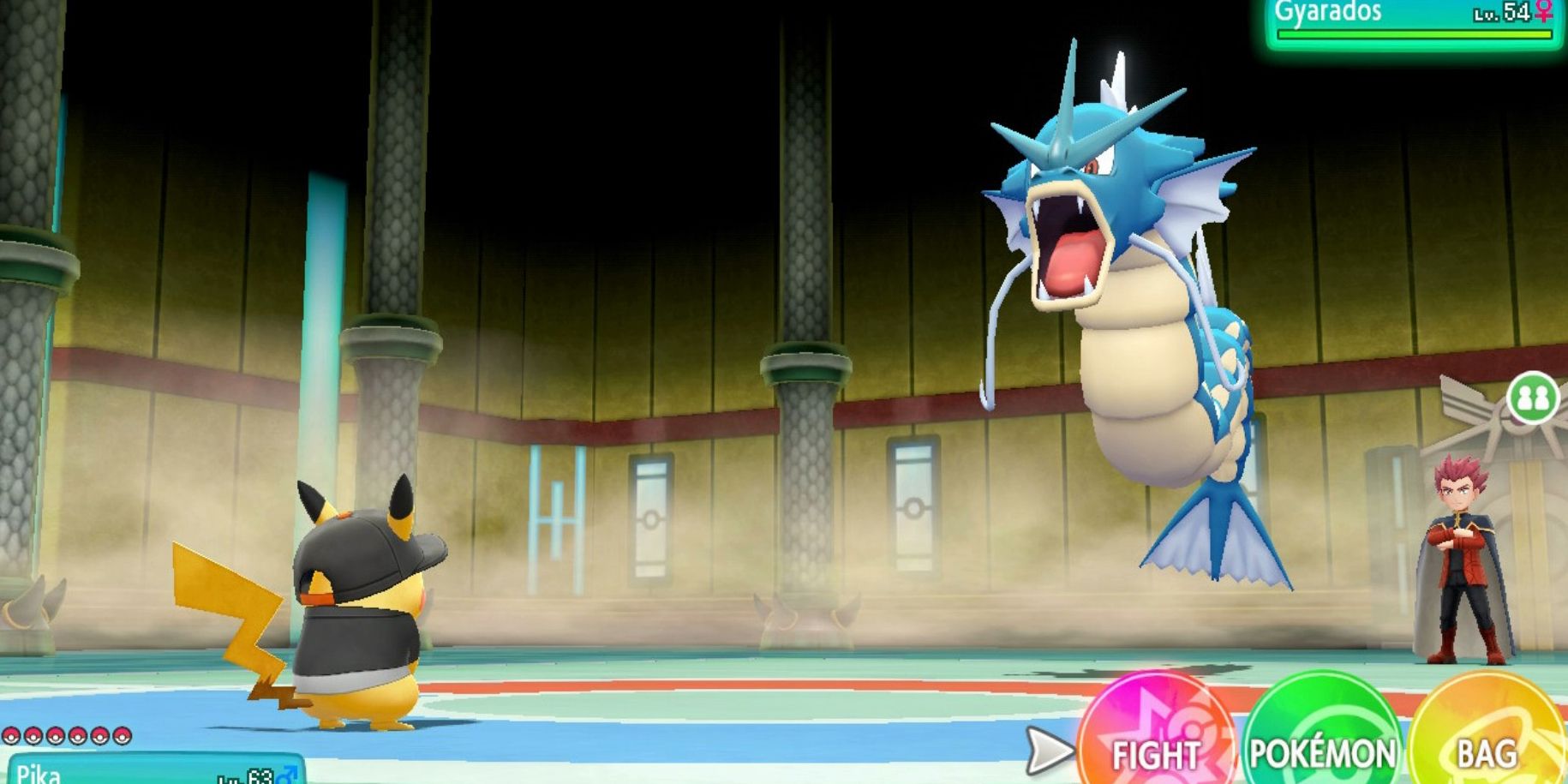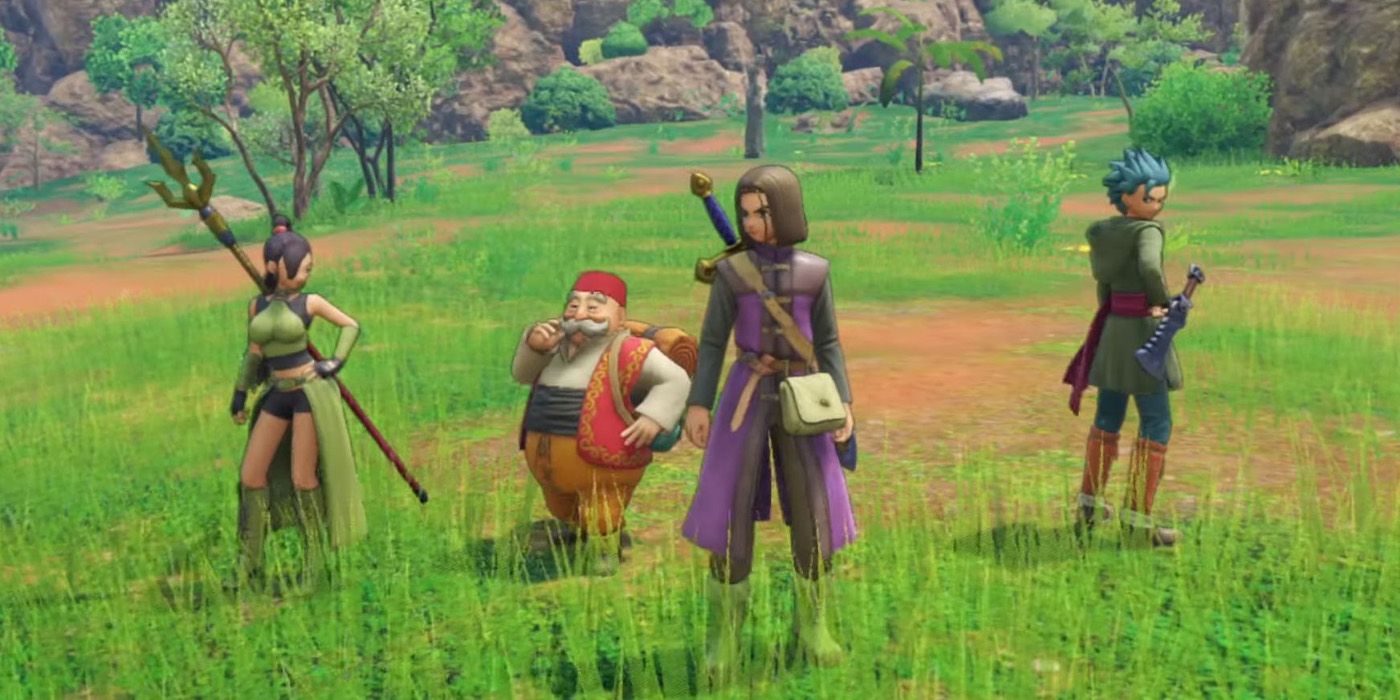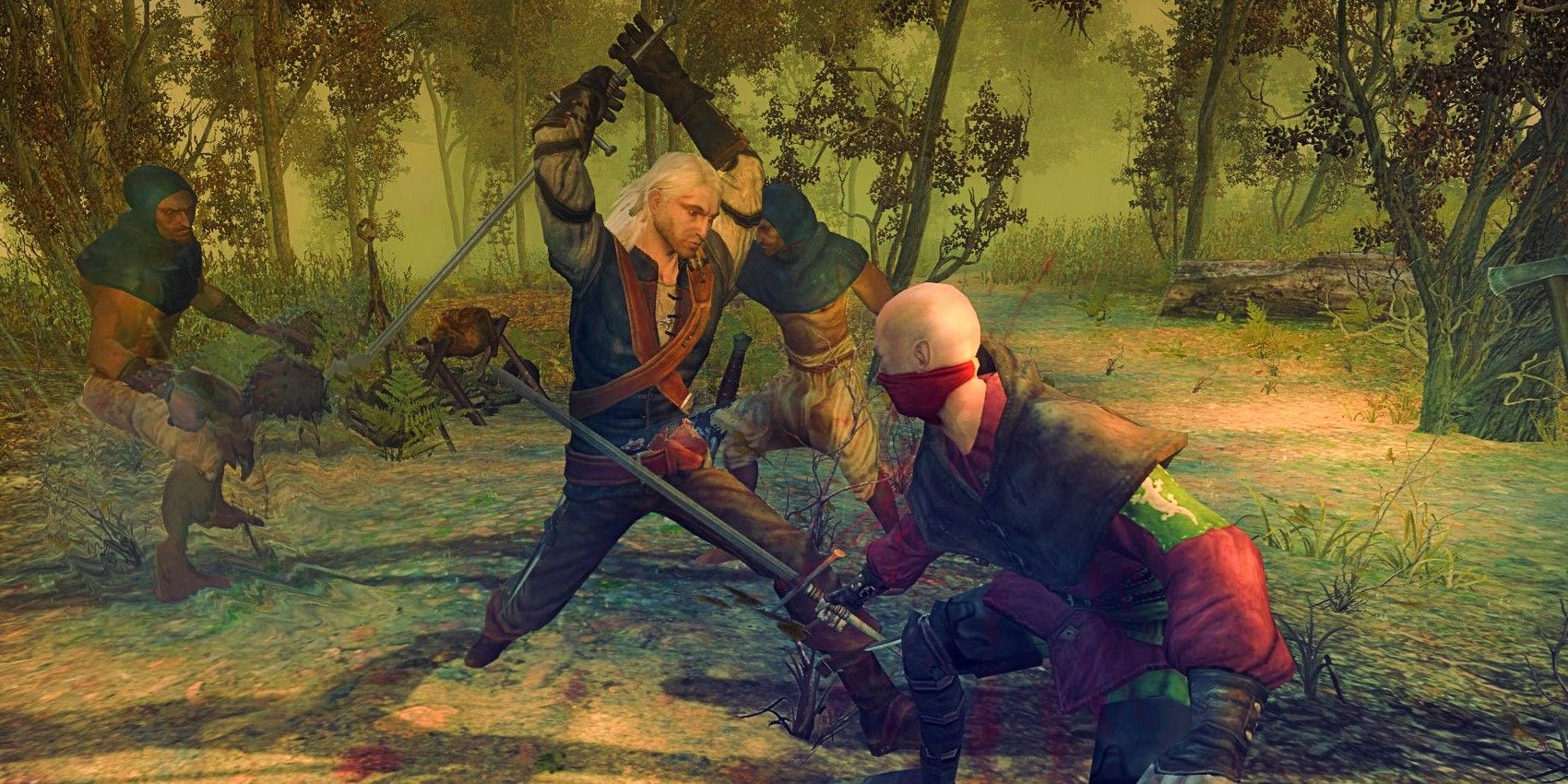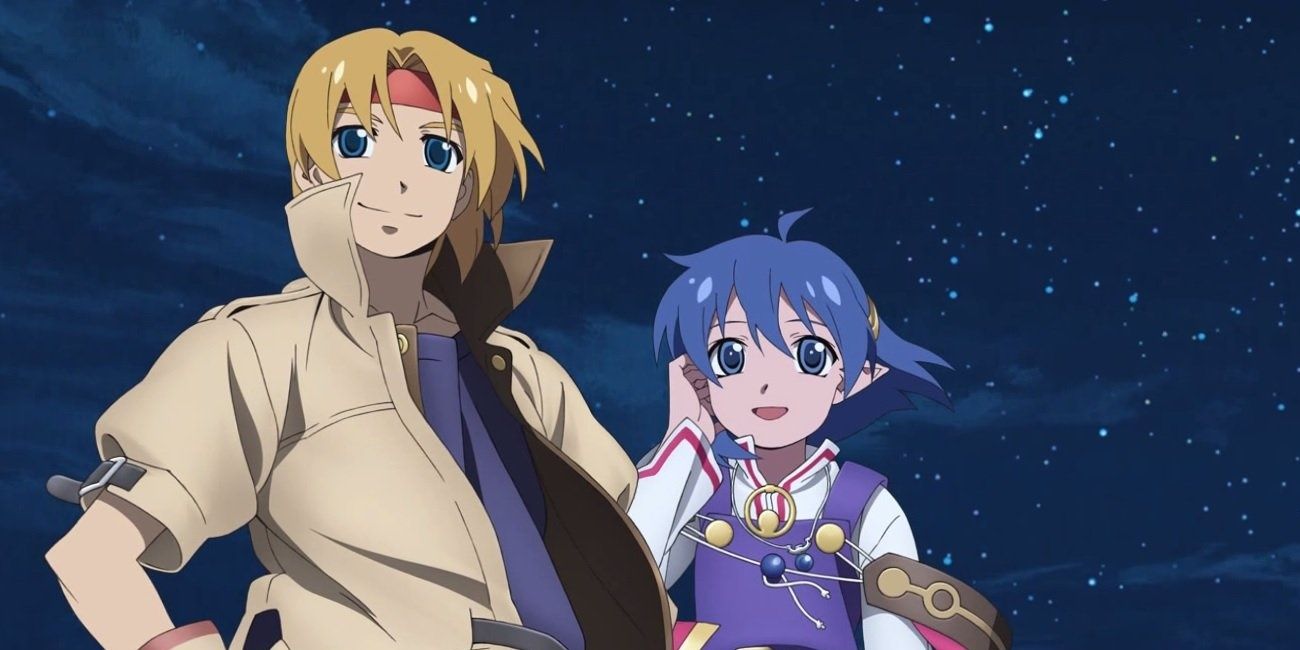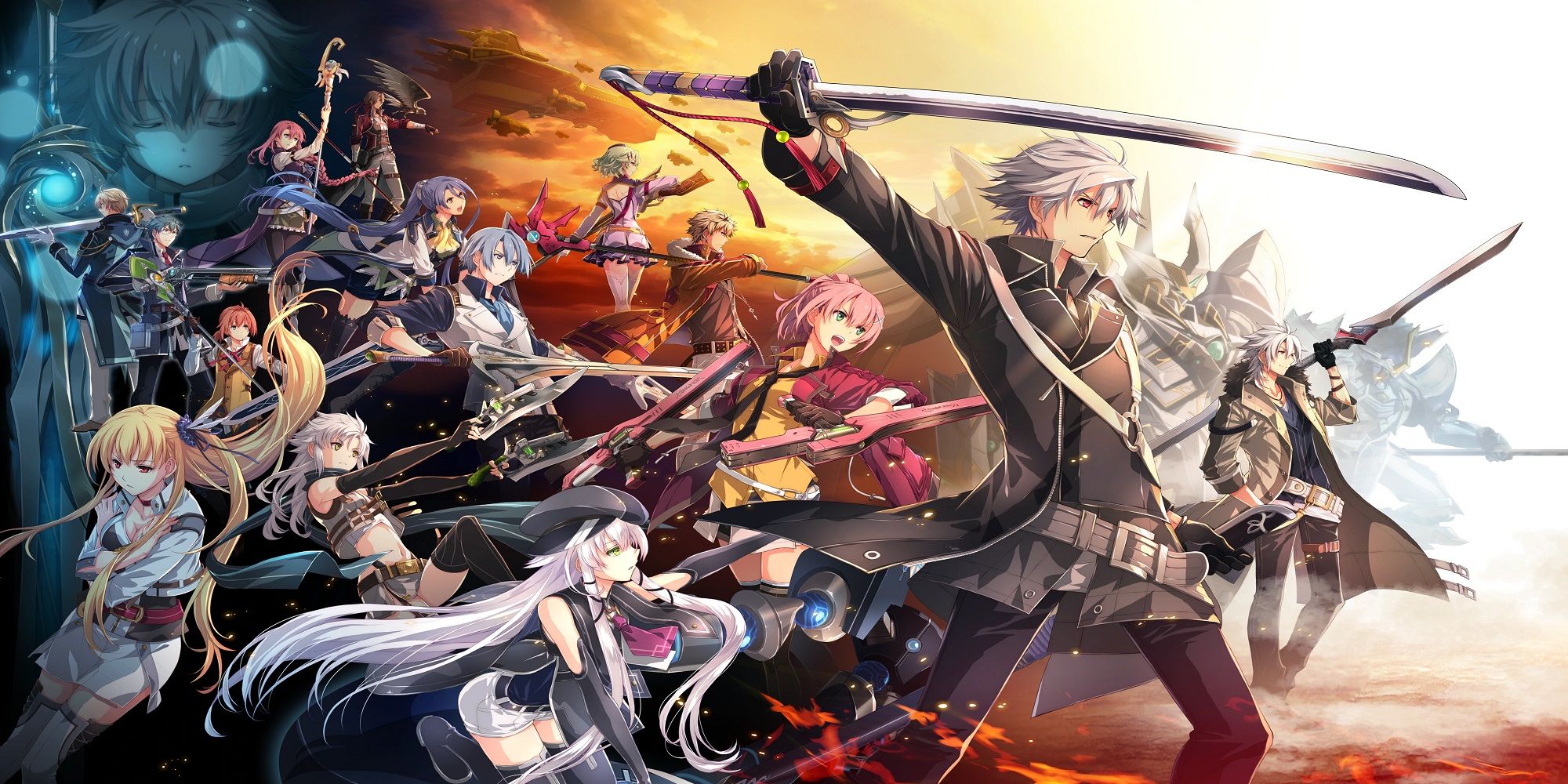All gamers have to deal with at least a few tropes. Being told the Princess Is In Another Castle might be frustrating, but otherwise, players will beat the game in an hour and a half after facing one boss. But just because some gaming tropes are common, doesn't mean developers should use all of them.
Over the years, developers have learned to make games that improve on the flaws of their older titles. These changes often focus on making the gameplay more immersive and fun, which means some tropes stick around purely because they're design choices. But that shouldn't justify certain ideas that annoy nearly every gamer that has to deal with them.
10 Level-Locked Loot Makes Exploring The World For Loot Have No Purpose
Sometimes RPGs get too smart for their own good. The idea behind level-locked loot is to maintain a sense of challenge and accomplishment in a game. So when a player finds loot that's several levels higher than them, the player simply can't equip it yet until they get within the weapon or armor's level range.
Level-locked loot just discourages players from attempting to explore the world beyond their current level. There's no point in being risky and venturing into dangerous areas because any loot would be unusable.
9 Level Scaling Takes A Game's Sense Of Progression Away
Level scaling has existed in RPGs for decades now, even in RPGs that are otherwise worth playing. In these games, enemies scale with the player's level. The purpose is to keep the player from leveling up to a point that going to certain regions in the game is pointless because they're so powerful.
There are multiple problems with this trope. For one, this takes away from any sense of progression. The player never feels any stronger because the enemies are always keeping pace with them. The other major problem is it doesn't even make sense for enemies in the starting areas to be strong enough to keep up with the protagonist at the end of the game.
8 Magikarp Power Forces A Player To Stick With Something Useless For Too Long
"Magikarp Power" is a trope that tests how long a player is willing to stick to a given strategy. The name is based on the Pokémon Magikarp, a useless Pokémon that can only flop around helplessly in battle. But when it hits level 20, it transforms into the Water Pokémon Gyarados, one of the most powerful Pokémon of Generation One.
Other games are known to use this strategy as well, sticking the player with a weak character or weapon and demanding they put dozens of hours into it. Eventually, the player is rewarded with some sort of super-upgrade that makes that character or weapon a must-have. It rewards those who are willing to stick with it, but at the cost of being extremely annoying for hours beforehand.
7 But Thou Must! Trivializes A Player's Choices
"But Thou Must" is a video game trope where the player is given a thinly veiled illusion of choice, often in a series of dialogue options. The game isn't written to allow the player to say no, so the choices will all either be positive, or negative choices will be ignored until the player selects the "right" choice.
This trope isn't a problem for games where player choice matters, as those games will provide multiple ways to get to the next story beat. But it is a problem for linear games that weren't built for choice in the first place. In those cases, it leaves players wondering why they got to make a choice at all.
6 Critical Encumbrance Failure Adds An Unnecessary Mechanic For Believability
Including realism in video games isn't necessarily a bad thing. Sometimes realism can heighten the experience of a game, and there are some genres where realism is the point. But not every game requires realism, and when used in the wrong places it can make a game a chore.
"Critical Encumbrance Failure" is when characters have a strict weight limit in terms of items held and weapons/armor being used. Even if the limit is 300 weight, the character will play exactly the same until the player hits 300, then either no longer be capable of moving or slow down drastically. Outside the most strict survival simulators, this feature almost always drags down the game in question.
5 Chainmail Bikinis Feel Outdated For Modern Gaming
Since video games are such a young medium, often the developers are pulling from other forms of media when it comes to ideas and character design. It should be unsurprising, then, that chainmail bikinis left the pages of pulp sci-fi novels and Star Wars and made it to gaming.
But that doesn't make it any more tolerable, especially as games shift to giving players more control over customizing their characters. Gaming would be better and more inclusive if it could dump costumes designed solely for the male gaze.
4 Mass Monster Slaughter Sidequest Always Wastes The Player's Time
Everyone who's played an RPG or an open-world game has dealt with a side quest like this before. The player is going on their merry way, heading to a dungeon or a town, when someone comes to them and asks for help. The NPC says they need the player's help, and all they need is ten wolf skins. Or five bear skins. Or 20 giant rat tails. The list goes on.
Whatever it is, the player is going to have to go out into the wild and waste their time fighting multiples of the same enemy, often for a mediocre reward. These quests are fine to help new players adapt to a game, but in excess, they detract from the experience of what could be a great game.
3 Now, Where Was I Going Again? Can Be Easily Mitigated For Busy Players
"Now Where Was I Going Again" isn't so much the fault of the developers as it is people having other games to play and outside lives to live. No matter how good a game is, if it's long enough, a player might put it down for a time.
When they come back to it, they might have a little trouble remembering what they were even doing in the game, leading them to either start over, or stop playing the game altogether. This issue can be eased a bit by including information on what the player was last doing when the game starts up, something a few RPGs and open-world games have taken to doing these days.
2 Hopeless Boss Fight Battles Should Be Placed In Cutscenes
The "Hopeless Boss Fight" is a staple of RPGs, particularly J-RPGs. Players will rush into a fight against a dangerous enemy, confident in their character build and mastery of the game's combat. And then the boss will completely wreck them, dealing out such large amounts of damage it feels unfair. It's a perk of being an RPG villain.
But before the player can reboot the game out of frustration...the game keeps going. The game was designed for the player to lose the fight. This made more sense in the PlayStation 1 era, where the best way to show Tales of Destiny's Leon was stronger than Stahn Aileron was an actual fight. But in an era where cutscenes are common, it feels like waste of the player's time to put them into a fight they stand no chance at winning.
1 The Smurfette Principle Ignores How Many Women Play Games These Days
"The Smurfette Principle" is named after the Smurfs, a series about an entire village that somehow only had one girl. In video games, this is often reflected in games that have large casts of playable characters, but only one woman. These days, there are more women in video games than ever, so this trope as strictly described isn't a problem.
But all too often, women make up maybe a third of the playable characters in most multiplayer video games. In the real world, women make up about half the population. In The US, 45 percent of the people gaming are women. It's a ridiculous imbalance driven largely by sexist marketing and design choices.

